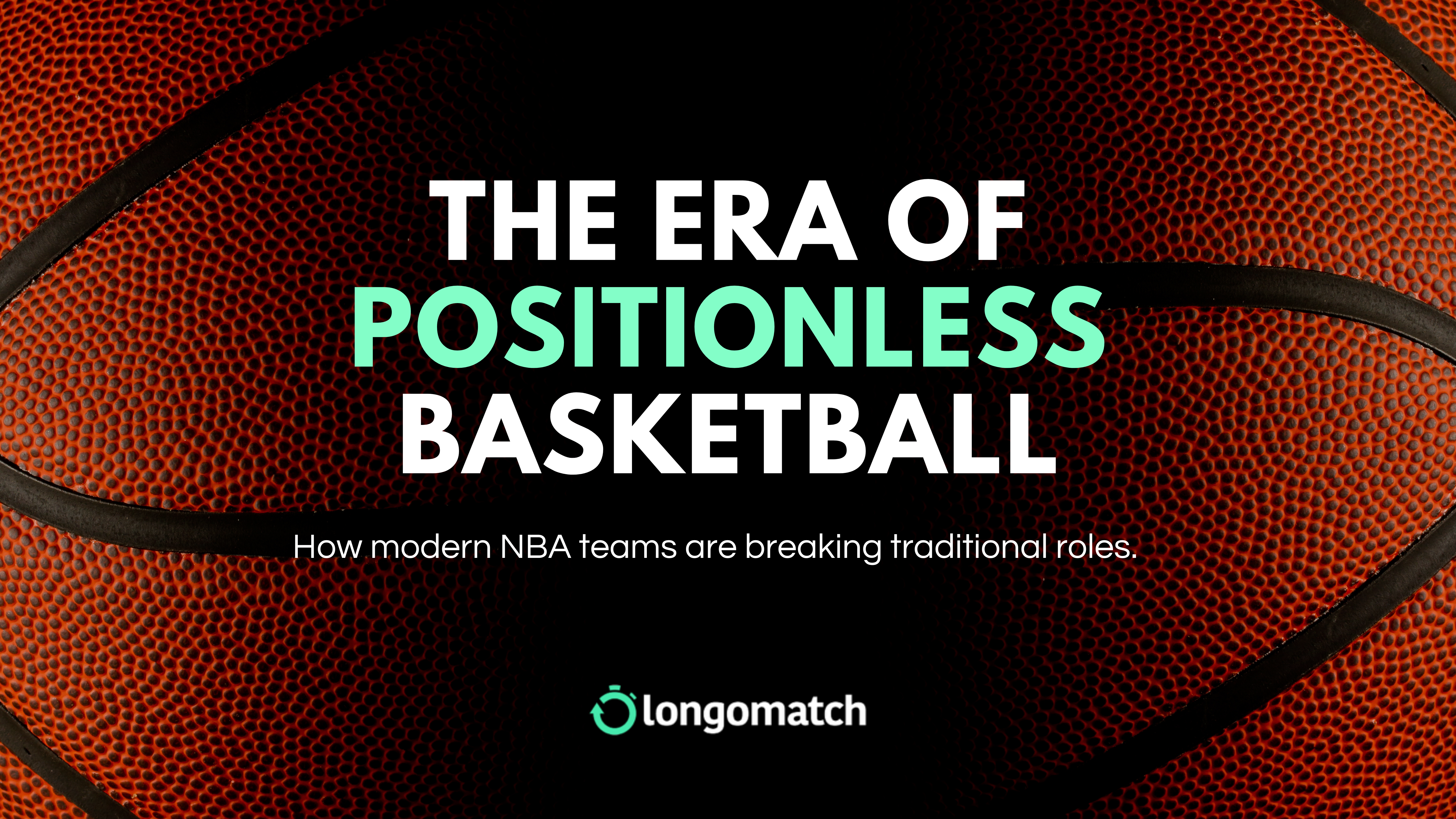The Era of Positionless Basketball
May 11, 2023, noon

Ten years ago, Muthu Alagappan delivered a famous TED talk on the new basketball positions, recognizing the paradigm shift that was taking place in the NBA. He proposed a classification of 13 positions based on different player characteristics, which helped to understand the concept of modern basketball that has been implemented in recent years. This classification is more about the concept of roles within a system rather than positions. We have moved from a game delimited by positions to one based on roles.

The NBA is a clear example of this new role-based system, where the role of each player is very clear within the system. This change has been particularly evident in the last decade, leading up to what is now known as the "triple era," where data and the search for efficiency have had a significant influence. Two franchises that have represented this shift particularly well are the Golden State Warriors and the Houston Rockets.
The Warriors have dominated the last decade, reaching six finals and winning four titles. Their success has been due to the revolution in the game led by the "Splash Brothers" (Curry and Thompson), two of the best, if not the best shooters in the history of the NBA, who facilitated the adaptation of the "small ball" system or the quintet without a center. This approach was later emulated around the league. The Houston Rockets, led by Daryl Morey, a GM obsessed with statistics and efficiency, built a team based on the premise that 3-pointers are worth more than 2-pointers. This led to a significant shift in the paradigm of the game, which Kirk Goldsberry illustrates well in his book, “Sprawlball":

The change in the way the game is played, with quicker transitions, shorter attacks, more 3-point shooting, greater importance of spacing, and the near disappearance of mid-range shots, was a result of the inadequacy of the traditional roster configuration. Players had to adapt to a new way of seeing and playing basketball, as shown by Brook Lopez, who went from shooting 30 3-pointers and scoring 3 points in his first 8 years in the league to shooting 2,248 3-pointers and scoring 785 points in the following 7 years, establishing himself as one of the best shooters in the league. In contrast, DeAndre Jordan, who was once one of the most dominant centers in the league, has become a rotation player with few minutes in recent years due to his inability to be a threat in shooting.
In recent seasons, we are witnessing how this change has become a reality and is the common way of understanding basketball in the NBA. The "small ball" is not just a resource to change the pace of the game or perform different systems, but for some teams, it is the main system. 3&D profiles (good defenders with good outside shooting percentages) are among the most sought after in the market, while many of the big players who remain in the league are either defensive specialists, rebounders, or have had to become total players, able to generate from any situation, threaten with the shot, or drive or able to switch with smalls.

Warriors defending against Kings in Game 4 of the 1st Round of the 2023 Playoffs with only one player over 6 feet.
The Warriors defended before the Kings in the 4th game of the 1st Round of the 2023 Playoffs with only one player over 2 meters. However, this change is not only typical of the NBA. It is something that we are seeing more and more in the old continent. Without going any further, the Spanish national team that has experienced its golden generation with an absolute importance of inside players (although it is true that most of them are quite versatile), where practically on the court there were always two big players, such as the Gasol brothers, Garbajosa, Reyes, Jiménez, Mirotic, Ibaka, Oriola, etc. They won the last Eurobasket making great use of "small" quintets with big outside defenders, with Garuba at the five, even against very dominant teams on the inside like France.

Spain defending with "smalls" in the last quarter of the Eurobasket 2022 final, with Garuba at the 5 and Juancho at the 4, as opposed to France with Gobert and Poirier on the court.
It is clear that the positions as we knew them in basketball have passed away. Now, advances in technology, data, and statistics have changed many of the things that were thought to be immovable. Is basketball still a sport of height? Will we see more and more big players in roles and with resources that previously only required the small ones? What will cause the new revolution in basketball? Wembanyama?
Luis Cordero Ramírez
Sports Data Specialist

